ABSTRACT: Friendly encounters between SA Air Force Shackleton marine patrol aircraft from 35 Squadron with F-14 Tomcats from carrier USS Dwight D Eisenhower
KEYWORDS: SAAF, 35 Squadron, Shackleton, F-14 Tomcat, USS Dwight D Eisenhower aircraft carrier, Iran hostage crisis.
AUTHOR: Renier Keet
WHEN THE MIGHTY SAAF SHACKLETON MET THE PLAYFUL F-14 PUSSYCAT
35 Squadron SAAF, is a maritime patrol and transport squadron, based in Cape Town. It has an illustrious history which started in 1945, flying Catalinas, followed by Spitfires, Sunderlands, Venturas, Shackleton Mk3s and Dakotas. This is the story about three “intercept” missions, two in April 1980 and the third in December of the same year, where the “the mighty Shackleton” of the Fifties, meets “the playful pussy cat” (Tomcat) of the Seventies. In both these missions, Capt. Japie Horn, in the second “engagement” as co-pilot and the third as aircraft captain, and his crew, experienced a “friendly” foe engagement. which resulted in the words of the author of the lines book entry, that “everybody’s adrenalin gland was working overtime”.
Following is their first-hand experience (extracted text) as documented in one of the 35 Squadron’s diaries or “lines” books, which is safeguarded in the library of the SAAF Museum, at AFB Ysterplaat.
Background
In April 1980, the aircraft carrier, USS Dwight D Eisenhower was dispatched by President Carter to the Indian Ocean, in response to the Iran hostage crisis in Teheran. On 15 April, the Task Force with Air Wing Seven assigned, departed Naval Station Norfolk on a 12,000-mile voyage around the Cape of Good Hope to the Gulf of Oman Naval Zone of Operations (GONZO) station, where the Dwight D Eisenhower Battle Group (BG) relieved the USS Nimitz (CVN 68) BG.
On 9 December 1980, the Dwight D Eisenhower Battle Group departed on its return journey for the USA after being relieved by USS Independence (CV 62). It arrived back home on 22 December 1980, after a historic 254 days at-sea with only one liberty visit.
The first engagement, involving the F-14, was on Ike’s outbound journey, 300 nautical miles west of Dassen Island on 28 April 1980; the second engagement was on 29 April, approximately 80 – 90 nautical miles South of Cape Point and the third engagement was South of Port Elizabeth (Gqeberha) on the task force’s return journey on 8 December 1980.
This is their story as documented in the Squadron Diaries:
One Fine Day Over the Indian Ocean – A Three-Act Play
Act 1: 26 April 1980 Saturday (Enter and Exit No 1 Crew)
As a nice change from buzzing Russians, 35 was given the task of locating a U.S.N. Task Force which was rounding the Cape. The job was tackled by the Premier Crew, “Die Basdromslaners”, of fabled ability. Amid scenes of tremendous excitement, three tankers were detected.
Act 2: 28 April 1980 Monday (Enter No 2 crew wherein they stick around)
Amid fading interest, the No 2 crew was sent out as an “also-ran” effort, with the OC, Cmdt. Hayton, as pilot. Some 300 miles due West of Dassen Island, at 1500B radar contact was made (by Brian Ferreira, electronics leader) at 85 miles range. The Shackleton sailed blithely in and caught the Yanks with their pants down in typical (now classical?) Sunday 7th December style.
First, the Nuclear-powered DLGN (guided missile frigate) – 37 USS South Caroline was overrun. Its Sea King was in the air and attempted what the Yank Navy calls a Fleet CAP (Combat Air Patrol) by making a fighter pass down the port side then turning round behind to follow. Needless to say, it got left somewhat behind – to the delight of the fixed-wing jockeys in the Shackleton (Pride comes before the air marshals?), the Nimitz-class nuclear attack carrier CVAN-69 Dwight D Eisenhower. On the deck was about the equivalent strength of the SAAF – but they were in each other’s way and the intrepid No 2 crew sailed (blundered?) blithely on to look at the DLGN-38, the USS Virginia.
After giving the Task Force ships (which were doing 20 kts) two passes each; and having spent an hour in the area, the Shackleton went home – landing at 1800B. Here it was that the agitator, via his mouth pieces, reminded that the “intrepid No 2” did not bother with mere tankers. No 1 crew was meanwhile slated for the “Secret Mission” to Rooikop and were glad to get away.
Act 3: 29 April 1980 Tuesday (Re-enter No 2 Crew, who stick around, become famous. And exit prudently)
Scene 1:
Col. Kotze, ex 35 OC, gave a briefing for the next sortie to visit Pres. Carter’s boys. He made it clear that, despite the friendly waving by the U.S. matelots on the previous day, he had a feeling that they could pull a fast one today. But not even he could guess that the “fast” would be Mach 2.31. It was to be a “surprise” approach with the minimum radar usage and no funny business.
At 1100B they took off in Shackleton 1721 and in 8/8th cloudy conditions, around Cape Point at 3000 ft. Radar operator Bryan Ferreira gets his first contact, 75 miles away, to the Southeast. After a short time Cmdt. Hayton, Pilot, took the Shack down to 200 ft in a classic low-level approach “on the deck”. However, Capt. Japie Horn (ex-Albatross pilot, and an original Flock driver) had to remind him forcibly that he was not a Heinkel III pilot of 1942-vintage attacking PQ 17 at wave-top level.
Scene 2:
Col Kotze was acting as No 1 nav with Leo (Hollywood) Capt. Theron as No 2. Nav Giepie (keep-fit runner) van den Berg had thus been displaced to galley-slave position and was serving coffee. The Colonel then gave the position of the T.F. as 20 miles away and the battle climb commenced at 2600 + 14, with radar switched on. At about 3000 ft radar operator Cpl. Hutchinson made a sector scan with three quick sweeps. At 19 miles contact was made to the left. A gradual descent was made to establish a visual, and this was obtained by the co-pilot, in indifferent VIZ at about 10 miles. This was quickly endorsed by No 1 flight engineer Tiro Vorster in the nose (F/E leader, Staff Stoof de Villiers was on the panel).
The Commandant getting into the swing of things, decided that as they had come all the way, they might as well take plenty pictures. Port beam was informed accordingly. A hammerhead turn was made to line up for approach. At this point the ships were seen to the 90o turn and the intercom became somewhat cluttered with chatter. The pilot, bearing Col Kotze’s injunction in mind (i.e. not to upset our “friends and allies”) turned away. In the nose Tiro saw a plane-guard Chopper get airborne from the carrier, but this vital observation was lost in the chatter. The Cmdt. asked him to repeat what he has said, and he did. But the implication was soon self-evident!
Scene 3 (Heavy scene that was)
When the Shack was 13 miles away from the Fleeing T.F., a high-pitched noise was heard from the tail. It was Telecom op F Sgt Piet “Broad” Breedt and the noises he was making translated as “OOOO ——, hier kom iets met ‘n moerse spoed!!!” The next few seconds represented possibly the biggest stampede in 35’s history to date as everyone sought to see what “it” was. Bryan Ferreira dashed forward to stand between the pilots – his aircraft enthusiasts delight at seeing a Grumman F-14 Tomcat possibly not being shared by all.
This time the EISENHOWER was prepared and had a reception committee ready, in the form of (it is presumed) a F-14 of fighter squadron (VF-142 (GHOSTRIDERS) of Carrier Air Wing 7 (tail codes “AG”). The sinister grey arrow barrelled past on the starboard side, its wings automatically extending as the playful fighter jocks slowed down. In the nose F/E Tiro Vorster noted an ominous cloud of smoke and got the impression of a pair of flying air intakes turning in to come head-on and past the port side.
Meanwhile, the pilot was waggling the Shack’s wings, and everybody’s adrenalin gland was working overtime. Cmdt. Hayton instructed the crew to wave to the playful pussy cat (to show that the mighty Shackleton was quite peaceful in its intentions). In the nose position Tiro waved his white cookie box. Not being plugged in, Nav vd Berg had noticed all the excitement and peered out from a window expecting to see the ships. His thoughts on getting an eyeful of an aggressive-looking US Navy fighter plane are not recorded!
Meanwhile, the Colonel had gone to replace Cpl Johan Kotze on the port beam position and “die een het harder gewerk as die ander”. The colonel was then handed the camera but declined to operate it and further confusion followed. The F-14 made a few turns then took up a holding position “in back” of the Shack which was holding its course away from the ships, with the crew reporting the fighter’s movements. But our intrepid ex-T-33 jockey was in no mood to give up so easily and went into a 360o turn.
Within seconds the Tomcat was in their midst in no uncertain way. After a few more turns it was deemed prudent to call it a day and they levelled off for the journey home. But at this point the drama reached its climax with a sinister smoke cloud behind and an even more ominous “foot-toot-toot” distinctly audible on everybody’s headsets. This quickly changed to the unbearable shriek as the F-14’s gunnery/missile radar “locked-on”. Inside the flying target it was generally believed that the Yanks could have the Indian Ocean and after 2 hrs 15 minutes they were back home. The unexpected nature of the first “interception” of a 35 Sqn aircraft was emphasised by the fond belief that when, one day, an “enemy” plane was met in the air, it would be Russian, and a fellow lumbering Maritime-kite, but never a fighter!
ACT 4 – FINAL EPISODE: A 35 SQUADRON SAAF CLASSIC – THE MIGHTY SHACKLETON MEETS THE PLAYFUL PUSSY CAT
But the incidents were not forgotten by the “Enemy”
The Yanks have a sense of humour, three months, and a bit later the following was written in the lines book.
August 1980 – Feedback from the Peanut Navy
A sharp reminder of that “one day over the Indian Ocean” April 80 was recently received from Maritime Group, making one think that the Americans are either trying to be sarcastic (if that is the case, they succeeded) or that they have a sense of humour after all.
Apparently while the Shackleton was taking pictures of the Yanks, the Yanks were taking pictures of the Shack. In what was possibly intended as a friendly gesture after all, they did not draw a gunsight on any of the accompanying pictures – they have supplied us with three photographs (herewith) showing one of the funny old crates that sometimes provide them with light relief around the Southern African Coast, and an accurate track chart of the interception on 28th April.
We would have liked to see a photo of the F-14 and the Shack together, but perhaps they were too surprised to take the picture then. One wonders what the thoughts of the Americans are on Maritime Recce in the Southern Oceans not that the Indian Ocean has proved so vulnerable, following the problems in Iran and Afghanistan, and with the Peanut Admiral having problems in the future elections (Pres Carter).
PART 5: A 35 SQUADRON SAAF CLASSIC – THE MIGHTY SHACKLETON MEETS THE PLAYFUL PUSSY CAT
The Battle Group Returns
Although Ike can sail for more than 25 years without refuelling, the sailors can’t and the BG returned, to be “buzzed” again by those South Africans in their “funny old crates”.
8 December 1980 – The Tomcat Episode
No 3 crew took off early one fine day for an ECH. Once airborne and heading out, we were briefed by our crew commander, Capt Horn, about a USN Task Force doing its thing in our waters.
At 0555Z, in position 3546S 2647E, a radar contact was detected, 31 nm’s at position 3523S 2618E, and was identified at 10 nm’s as the USA Aircraft Carrier. As we approached at 3 nm, a helo took off from the deck. We passed the A/C carrier at 1nm, took a few photographs, and approx. 2 mins later, a F-14 “Tomcat” was launched, and after 3½ min intercepted us. The Tomcat stayed with us in close formo, with u/c and flaps down, for the duration of the trip, which lasted about 49 mins.
In a voice note, Japie told me first-hand what he could remember after 43 years, while he was doing some work in his garage:
On the Friday, 5 December 1980, I was summonsed to Ysterplaat and briefed on a US Task Force that was rounding the Cape and that they would like some photographs taken of the task force. A whole tribe of photographers were on board, and we took off at 04h00 the next morning to be on target at 06h00. 200 miles west southwest of Cape Town. Later that morning the radar became unserviceable, and we could therefore not transmit. We had to change the wave form generator, a large component, and I walk to the back where Flight Engineer Frans Fourie and Piet du Toit, an extra telecom operator that was also on board were doing the exchange. It took them about 45 minutes, and they informed me that the radar was now again operational.
Immediately after the radar started transmitting, the operator informed me that they made contact with some vessels, north-west of us about 60 miles away. The decision had to be made to turn around and to see what it was or to continue to Durban. I decided that we would go and have a look. At around 35 miles we could see that there were more than one vessel and at 25 miles I could see that they were war ships. In the nose of the Shack is a gyro-stabilised binoculars and we could see that there were three ships sailing from East to West. At 12 miles we could see them launching a helicopter as we passed by their port side whilst taking photographs. We flew quite a distance past them and then turned past their bow against what is prescribed by naval law.
When we came past them again, flying at round 800 ft AMSL, a F-14 pulled in next to us flying in a loose formation. We tried to make contact on all frequencies whilst the rest of the crew and photographers took as many photographs as they could. There was no response from any of the US Naval vessels. One of the telecom operators took one of the old F-95 cameras and also started taking some photographs. This was very fortunate as those were the only photographs that were developed successfully and available. The “professional” photographs were sent to another lab in the city as being too “special” to be done on the base – not one film was developed successfully.
Back to the F-14. It followed us even with Swannie, my co-pilot, and I reduced the speed to close on stalling speed. The F-14, with undercarriage and flaps down, just stayed with us. Elevons and other flight surfaces moving at all speeds and angles, keeping the big fighter in position – the magic of fly-by-wire. He followed us for around 150 miles, moved to our port side and then started climbing, possibly to stay within radar contact with the ship. Soon thereafter we lost sight of him.
Japie on a related incident, three year later: “In 1983 a US Embassy team visited the squadron, to give us some feedback and other photos of another mission during that year. I was sitting in the crew room having a cup of tea when I hear someone shouting in an American accent “Who took this photograph?”.
It was a photograph of the F-14 mission in 1980 hanging on 35 Squadron’s Wall of Fame. I walked out to welcome them and told him that I was part of that mission and he said: “Do you see that guy standing next to the Hawkeye E2C, that’s me.” He then told the story from his side. He said that at the same time their radar also did not operate, and they therefore also did not detect us. It was only when our radar starting transmitting, that their ECM picked us up. They then scrambled the helicopter and the F-14 in time to give us a “friendly” welcome – quite an incredible response time.
As a replacement for the Short Sunderland, eight Avro Shackleton MR Mk3 were ordered in 1954, and delivery took place in 1957.
One Shackleton was lost on operations when it crashed in the Stettynsberg range of mountains during poor weather conditions on 8th August 1963 with the loss of life of all 13 crew. The Shackletons were finally withdrawn from service at the end of 1984 as their “time” had run out.
Shackleton 1716 was re-furbished to flying condition for the SAAF Museum but had the unfortunate experience to crash land in the Sahara desert near the border with Mauritania on 13 July 1994 whilst on a flight to Great Britain to take part in a number of air shows. It suffered a number of engine failures and was forced to land in the dark, without any loss of life to the 19 crew on board. Another Shackleton 1722 has been re-conditioned to flying status and flies as part of the SAAF Historical Flight in Cape Town.
Armament consisted of two 20-mm cannon in the nose, plus up to 10,000lb (4 536kg) of weapons in the underfuselage bay.

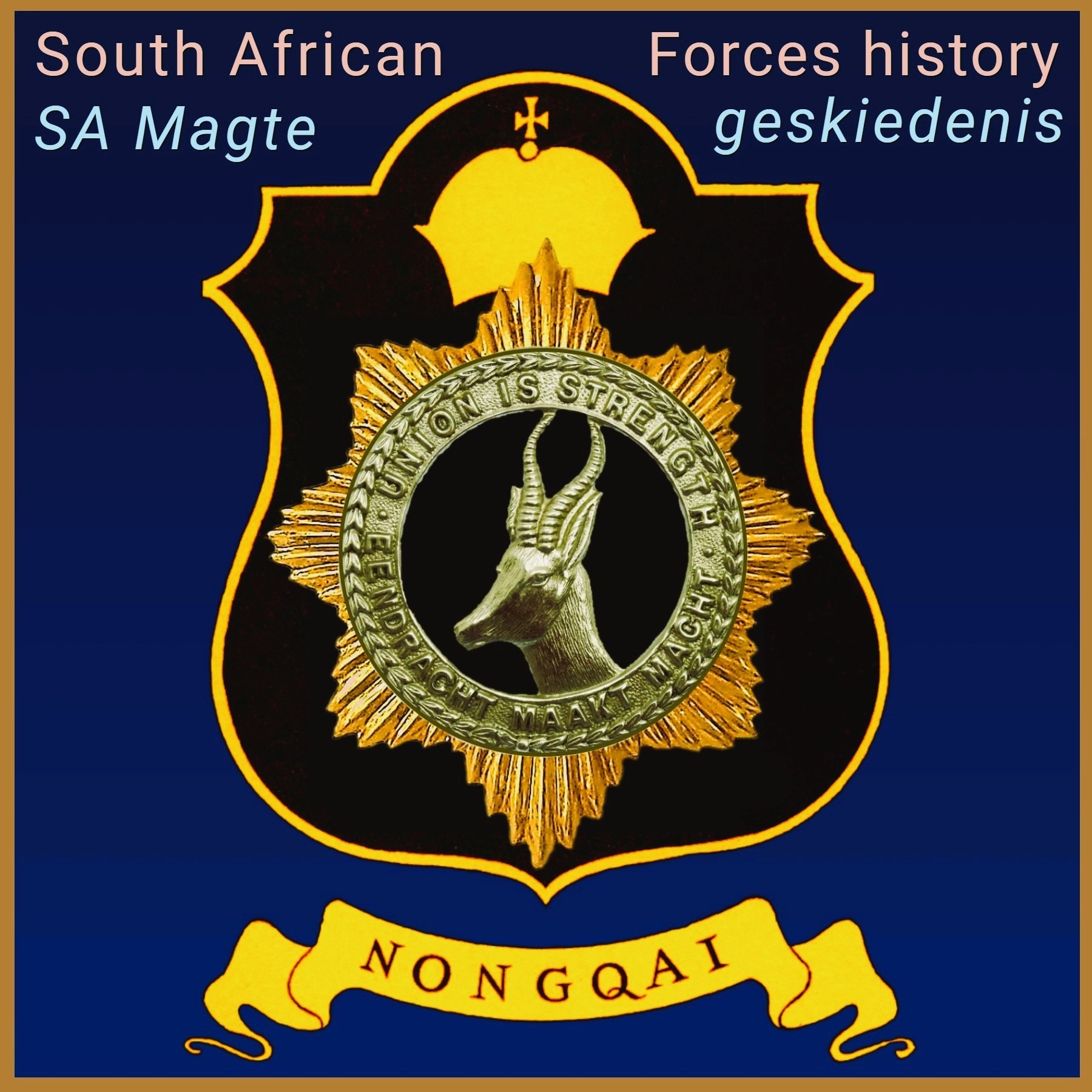
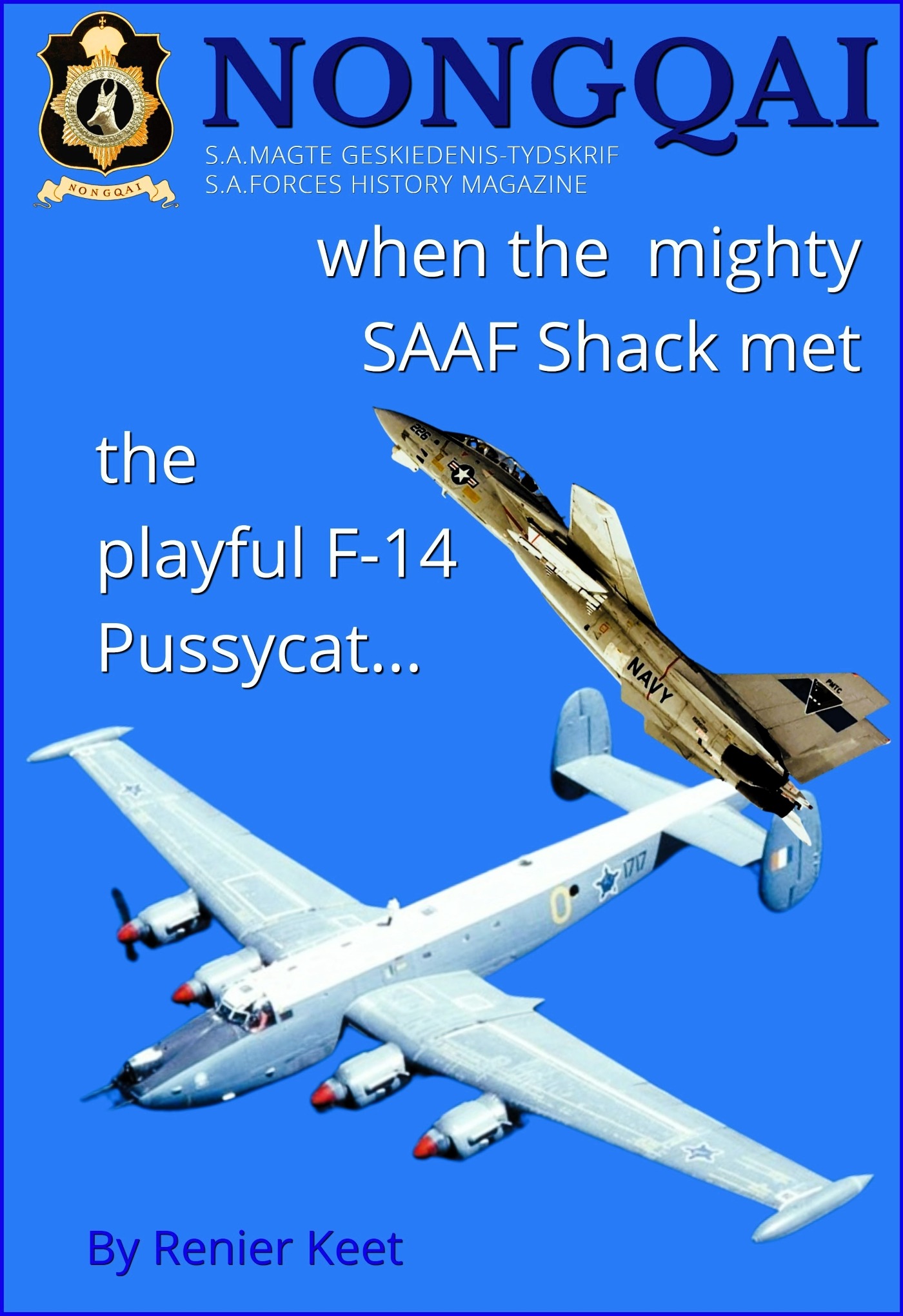
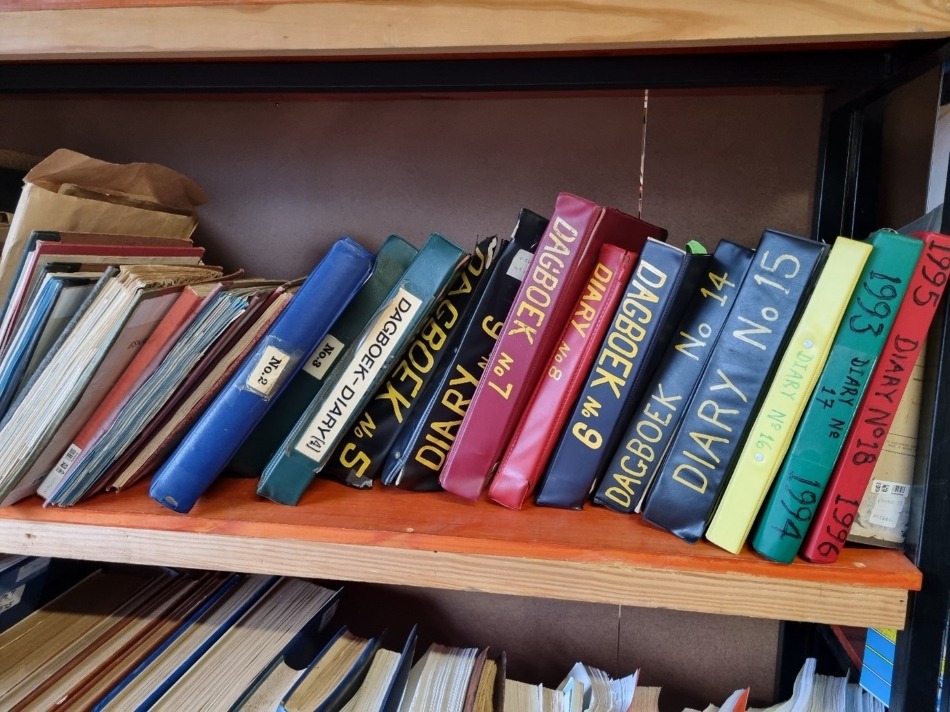
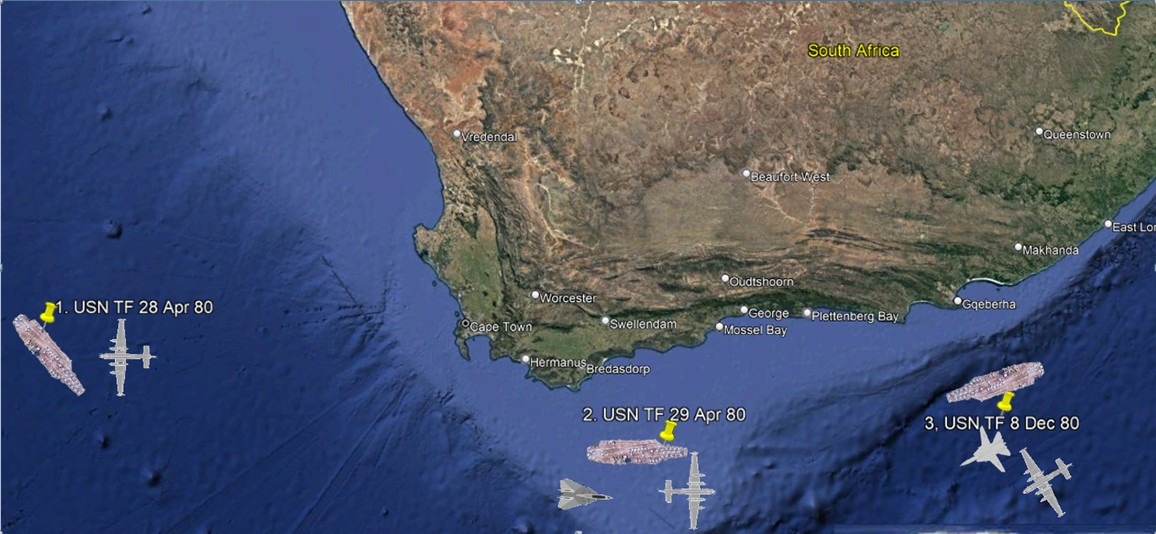
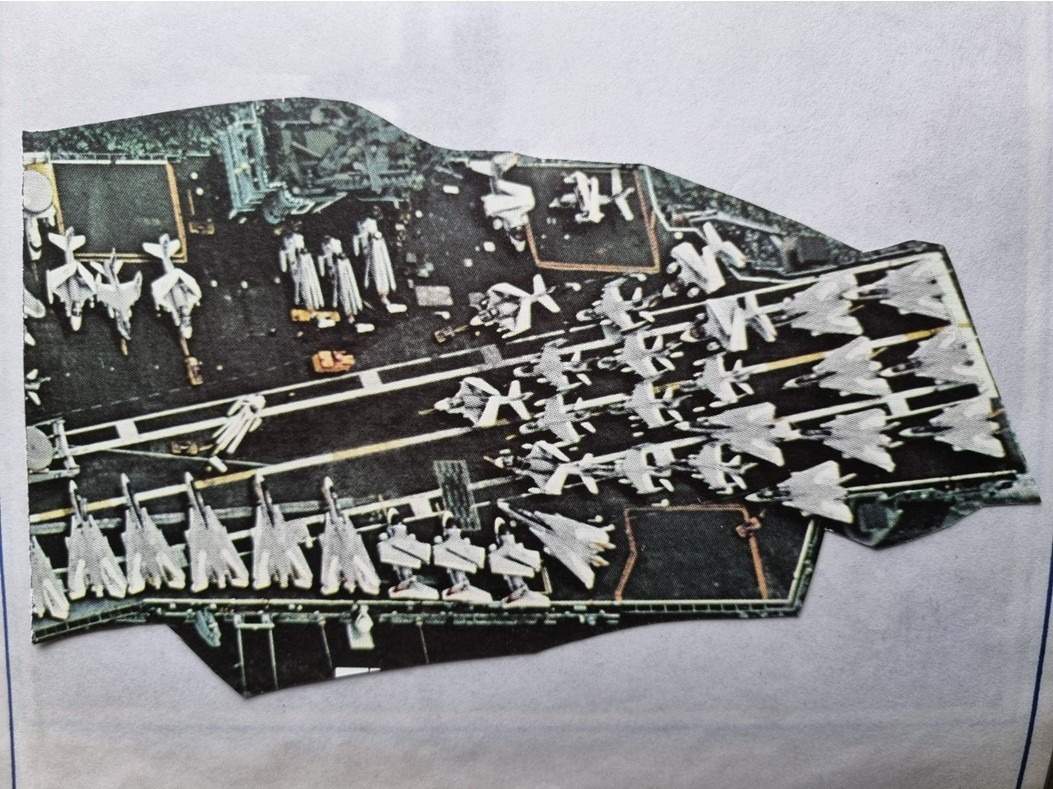
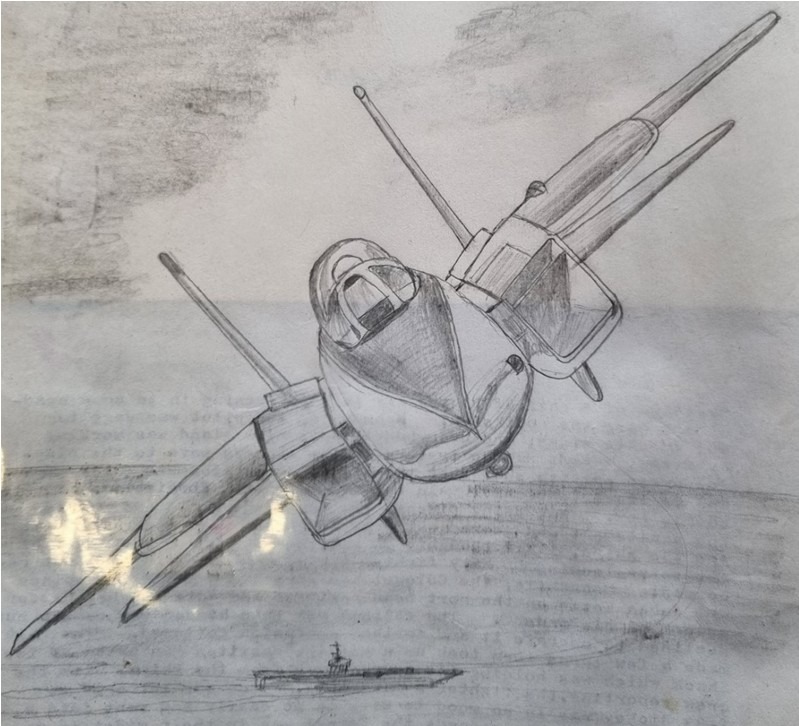
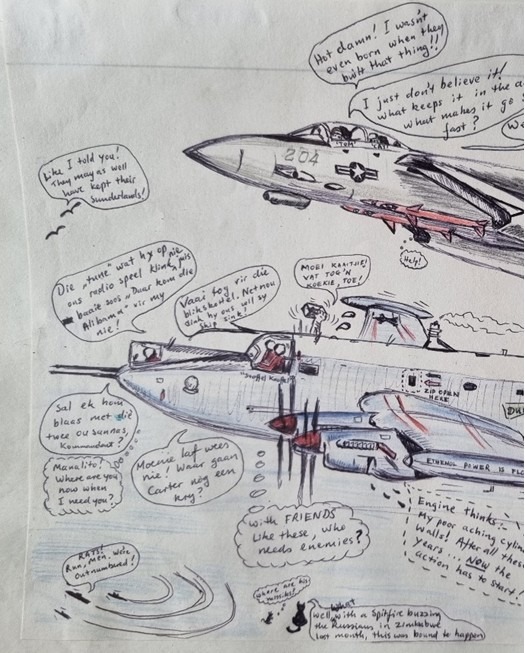
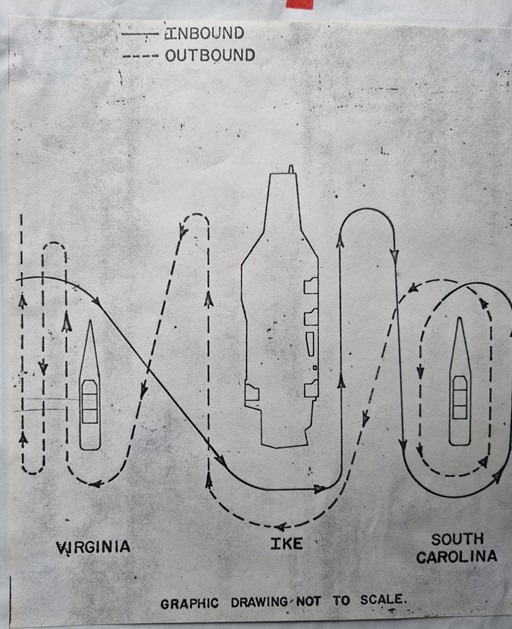
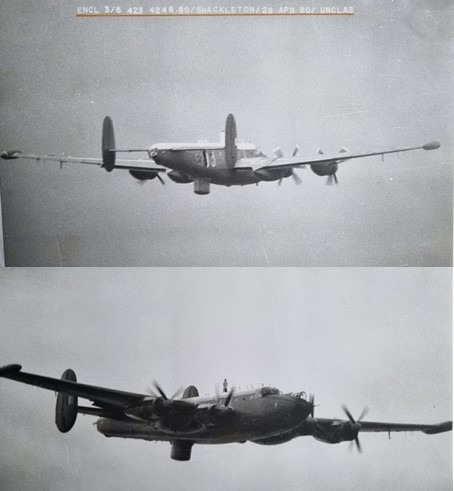
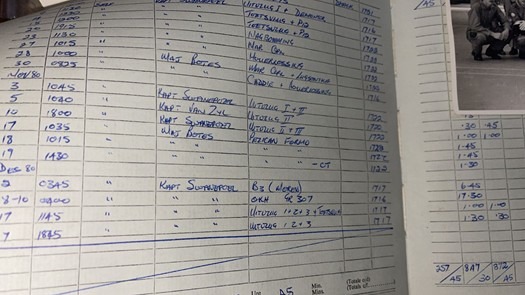
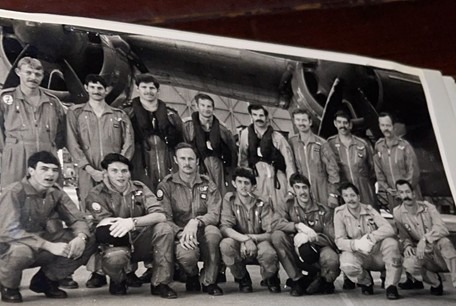
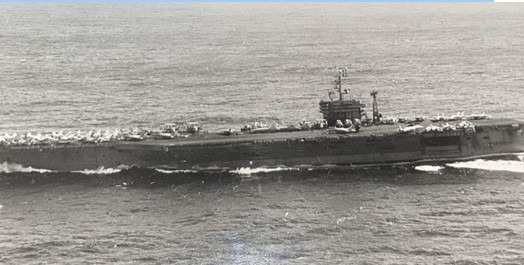
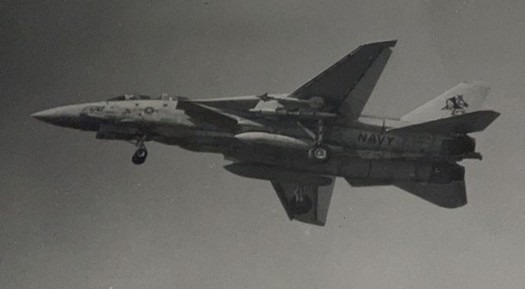
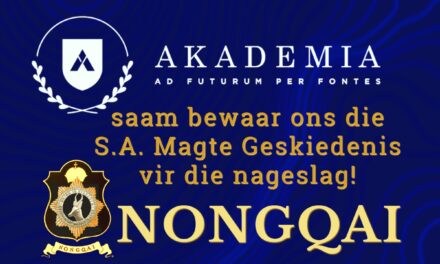
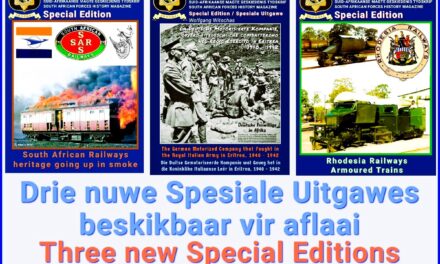
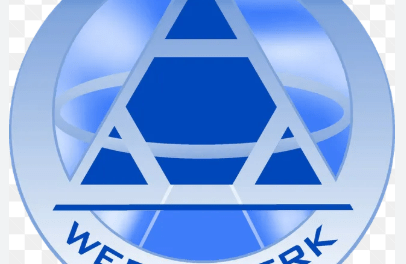

I remember the going down of Shackleton #1716 in the Sahara Desert (1994) very well – at the time I was ambassador in Libreville in Gabon, which was a re-fuelling stop-over for the aircraft on its way to the UK. We at the embassy (and the Gabonese Air Force) were thrilled to host the plane and crew, and an excellent time was had by all, before they left on their next leg to West Africa for their next fuel stop. Arriving there with the refurbished plan having performed superbly up to that point, they were unfortunately provided with contaminated fuel. This caused the plane to lose power on their subsequent leg, while flying north at night over the desert – it was only due to exceptional piloting that the plane could safely be brought down in an emergency landing on rough desert terrain in the dark, without the crew being seriously hurt or killed.